Spanning an impressive 1,748 square miles and hosting Ben Macdui, the second highest peak in Britain at 1,309 metres, Scotland’s arctic-like Cairngorm mountain range presents a beautiful, but treacherous, landscape.
Am Monadh Ruadh in Gaelic (roughly translated as the red mountains), the national park boasts an extensive tundra that plays home to a diversity of wildlife, flora and fauna.
Unsurprisingly, it is one of the UK’s top visitor destinations, attracting thousands of climbers, hikers and outdoor sports enthusiasts each year, eager to test their skills in the unique and challenging terrain.
Although climbers are often trained and well-equipped, avalanches, temperature drops, blizzards and sudden weather changes can catch even the most experienced mountaineer off-guard – sometimes with catastrophic consequences.
Working to keep people safe on this hazardous plateau is Cairngorm Mountain Rescue Team (CMRT), a group of around 40 volunteers who devote their time – often at the drop of a hat – to mount rescue efforts and recover those in difficulties, stranded walkers or injured climbers.
The 1960s saw the majority of mountain rescue teams established across Scotland including Aberdeen, Braemar, Glencoe and Cairngorm. Today, CMRT rescues are co-ordinated from St Columba’s Rescue Base, Inverdurie, Aviemore, covering mainly the northern areas of the Cairgorms, Ben Alder and areas of Monadhliath Mountains all the way to the East Side of Loch Ness.
Iain Cornfoot, team leader
It’s quite an undertaking, as team leader Iain Cornfoot knows all too well. He took over the reins from former school teacher Willie Anderson in 2020, joining CMRT at 15 while still at Kingussie High School, and when Mr Anderson was a teacher.
Iain was introduced by Mr Anderson to the Cairngorm Wee Team in 1995 – intended to bring younger people into mountain rescue – and started going on call-outs three years later.
Despite over 26 years in the job, Iain, like the rest of the team, continues to train twice a month to handle the average of 45 callouts each year, with each member expected to make at least 50% of the rescues.
“Lockdown winter was quiet for the last two years, though,” says Iain.
“The last winter was quite mild and there wasn’t very good climbing or mountaineering conditions. It just depends on what the weather does over the winter.”
Despite this, Iain co-ordinated a staggering 29 rescues last year and, including the additional work required around rescues, the time commitment from the team is high.
“When we add in all the training and background stuff we have to do in terms of keeping equipment in serviceable order, plus the board that oversees all the operations and all the fundraising, etc., it’s a lot of time,” he admits.
“I think we were around 1,300 hours in total last year in time for just callouts.”
The team consists of two deputy team leaders, Willie Anderson and Dave Rutledge, training officers, training co-ordinators and ATV and skidoo technicians, with occupations ranging from engineers, to NHS workers, teachers to ski patrollers and doctors to builders.
Their combined experiences contribute to handling the unique conditions found in the Cairngorms.
“The Highlands and all the ranges of Scotland have their different challenges,” says Iain. “Recently I was in Skye doing some work doing some work with their mountain rescue team and that’s completely different terrain to Cairngorm, the same with Lochaber and Glencoe.
“I think for us it’s the high level plateau that we’ve got which is featureless to a certain extent, and it’s very hard to navigate. The weather conditions that we get with wind speeds quite routinely above 100mph, plus those blizzard conditions, catch people out.”
Iain stresses that for people heading to the more challenging routes they should have the right equipment and be able to navigate, learn to use the equipment – and never underestimate what conditions will be like when they get into the high tops.
He says: “Even during the summer when visibility is poor but the weather’s not too bad, people are still getting lost. People get caught out and there’s nowhere to get out the weather effectively.”
The best way to stay safe is to “be flexible with your plans” he says.
“If the weather conditions dictate that you do change your plans on the day then have a day lower down in the valley than on the high tops. People get caught out when they think they have do do a certain thing on a given day and they go out regardless of the weather.”
Iain and his team are the ones who face the most difficult challenges, of course – some worse than others – but overall there are very few fatalities in the mountains, he says.
“Some of them are things like medical emergencies, and things like that are almost unavoidable, they don’t know that’s going to happen. So there’s not much we can do in that sense.
“It’s multiple fatalities, those are the ones you remember,” Iain adds. “Like one of the avalanches we had where three people were killed.
“We’re always trying to get that successful outcome. The overall outcome isn’t a good one if you’re bringing back someone who has been killed and home to family members. But people do take solace from us trying to achieve that.
“We would hope that no-one would die in the mountains. It does unfortunately happen, but it’s about how the team pulls together to handle those types of rescues and do it safely, to achieve something that you normally couldn’t achieve, which is pretty special from a group of volunteers.
“It reaffirms that we are very good at what we do.
“You take a lot from it. You can be proud of the work that the rescue team does.”
Rescue mission, Newtonmore, October 2020
Jonny Porteous, drone pilot
One of the newer faces on the team with three years under his belt is Jonny Porteous, an agricultural fencer from Strathnairn, near Fort Augustus. He joined CMRT with a history of time spent in the Cairngorms in ski patrol and as a mountain ranger in the summer months.
Having helped out on a number of rescues previously, he is now one of the drone pilots for the team and – with a wife and two young daughters – admits that the work requires some family understanding.
“It was a huge commitment,” he says. “When I was first signing up for the team I was made very aware that you could be going out in the middle of the night or any time of the day. The family were very supportive of that.”
Temperament is a big part of the work, being able to fit in with the team and work with people who are being rescued, he says.
“You’ve got be adaptable, drop everything and go at the sound of your phone ringing. One minute you can be sitting on your sofa, the next minute you can be in a helicopter on some of the highest mountains in the UK.
“You have to have the communication skills and team work just to get out the base, and get going on the rescue.
“And when you meet the people that you’re rescuing, they might not realise that there’s maybe 30 people out looking for them, or three or four rescue teams looking for one person. So it can come as a shock to them. You’ve just got to stay steady.”
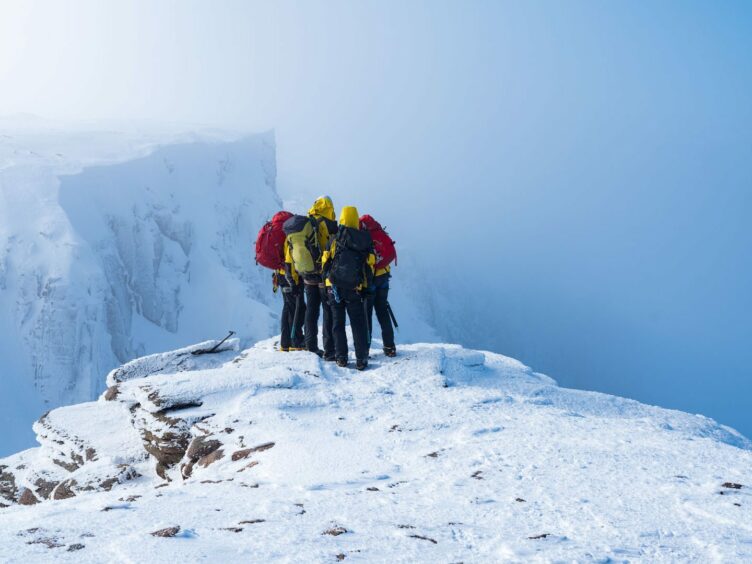
Jonny says the team have different parts to play at different times.
He recalls: “The biggest one (rescue) for me was at the start of this winter when a gentleman was in an avalanche and broke his lower leg. The weather was atrocious but it was good to be part of the team for that – it was a big rescue.”
The video of the rescue showing the team dragging stretchers through the snow in December 2021 was viewed worldwide and drove home the conditions the team works in.
“I was keeping the Land Rovers warm for everyone coming back on that rescue,” he says. “Everyone plays their role. You may not be in the frontline or at the casualty but you’ll be doing something to help the team out that day.”
Jonny’s new skillset is drone piloting, though, which he recently qualified in.
“I have all the kit in my truck ready to go,” he says. “We use that to help search areas if the weather allows us to.
“You can clear an area quite quickly without putting people on the ground but also smaller rescue situations, where we might be able to find someone quickly and make a plan from there.”
Ultimately, though, the team members have to be in good physical condition as, despite helicopters and 4×4 vehicles, the majority of rescues are carried out on foot.
Community also plays a vital role in keeping the team operational, he says: “We rely heavily on the communities around us. The team have to leave their jobs to go on rescues so employers in the Straths will let guys and girls go.
“The other night we were out until half three in the morning, so the next day people are getting up for work on only a few hours’ sleep and have to go and do their day job.
“They show massive support for the rescue teams because we’re volunteers; we’re putting our lives at risk sometimes in desperate situations out on the hillside.”
Looking ahead to the summer, Jonny advises people to still take extra care, even if the weather is nice.
“It’s a different customer base in the summer,” he says. “There are more people going out on the hillside and just fancy giving it a shot – but the weather can change.
“You need to be prepared and not just have your lunch with you – have waterproofs and jackets, and be able to navigate on the hillside if the cloud does come in.
“The Cairngorm plateau in summer is a cold place to be if the weather changes. You need to be able to look after yourself if you have to spend a night out there, even in the summer.
“Accidents happen. Even with as much education as they try to do, people get into trouble, but you don’t judge them at all.
“You just want to get them home safe, and that’s all you want to do at the end of the day.”
Despite the risks, Jonny wouldn’t have it any other way and values the camaraderie he finds with the team.
“I just enjoy being part of a solid team. Having that group of people that you can 100% trust when you’re out on a recue, there’s something really nice about that.”
Kinrara Distillery
The importance of the CMRT’s work is underlined by the support received from the community – not least because the team themselves are all locals.
Kinrara Distillery, just outside Aviemore, created a gin called Cairngorm Whiteout, with £5 from each bottle sold going directly to the Cairngorm Mountain Rescue Team.
Jade Fletcher, marketing and events manager at Kinrara Distillery, explained that everyone at Kinrara is proud to play a role in supporting the Cairngorm Mountain Rescue Team.
“We worked with CMRT on the branding and the name of the gin,” she said. “Willie (Anderson) said a lot of the time when they are out on rescues, it’s often in whiteout conditions.”
“I phoned Willie and I believe the team were on a training exercise.
“They were at the top of a mountain and I said, ‘You need to have a wee brainstorming session and come up with a name for us’.
“After the team brainstormed they gave us a couple of options and we came up with something we were all really happy with.”
And Cairngorm Whiteout was born.
“Around Aviemore, there are so many people that come to enjoy the hills and local area,” Jade added.
“CMRT work so hard to keep everyone safe. They rely heavily on donations and, as a local business, we wanted to help as much as we could.”
Dan Levi of the distillery presents Willie Anderson with a cheque for £2,525.
About the gin
Cairngorm Whiteout Scottish Gin is a Juniper-led gin with citrus and floral notes, £30 for 50cl.
It costs around £85,000 per year to run CMRT. Just under 30% of funding comes from the Scottish Government and Police Scotland, with the remainder coming from fundraising.
To donate directly to Cairngorm Mountain Rescue Team, go to cmrt.org.uk/donate
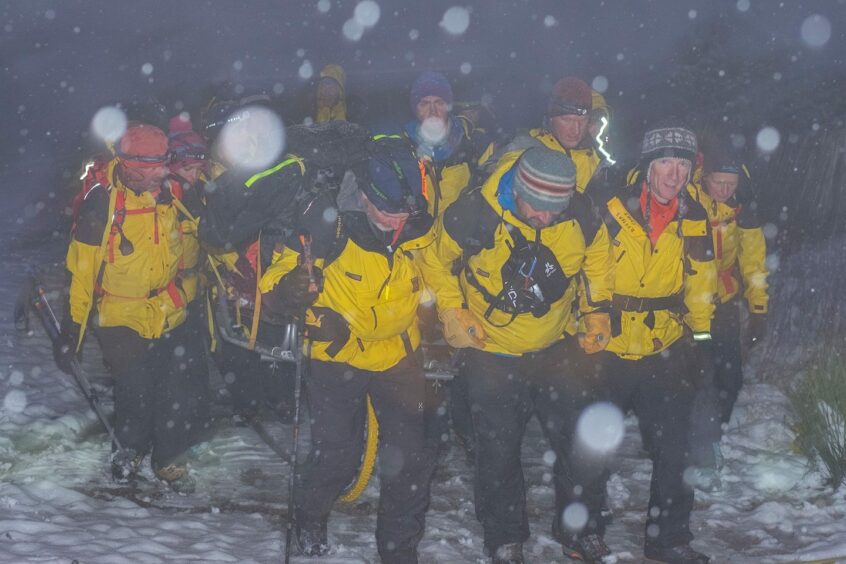
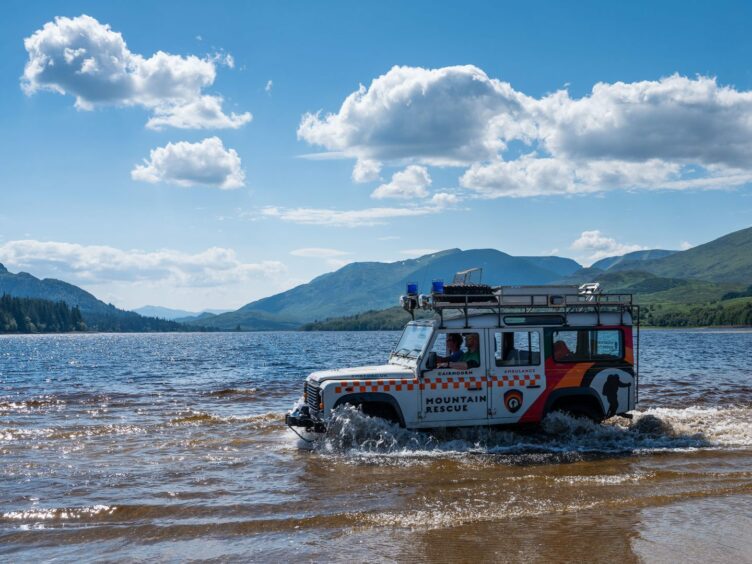
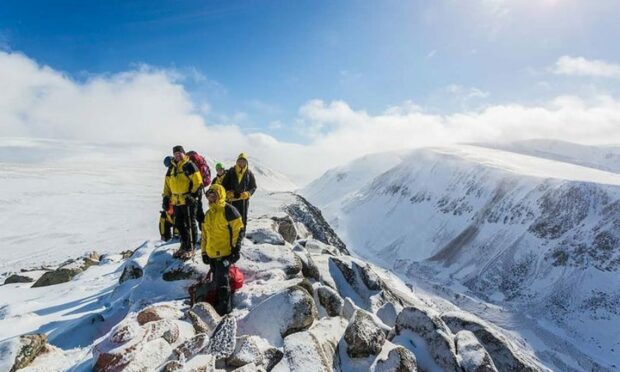
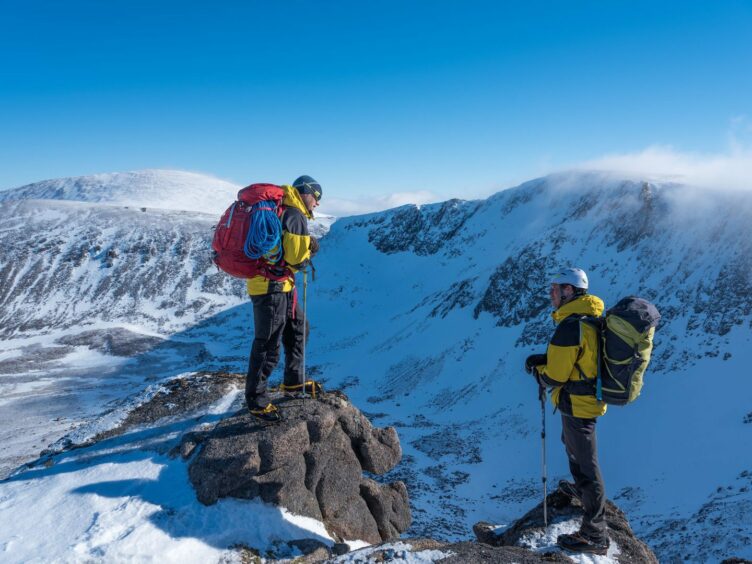
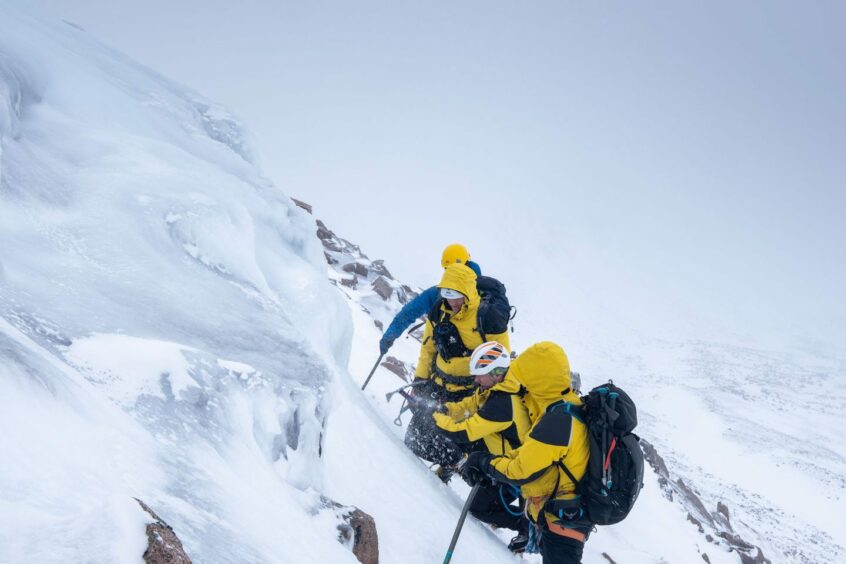
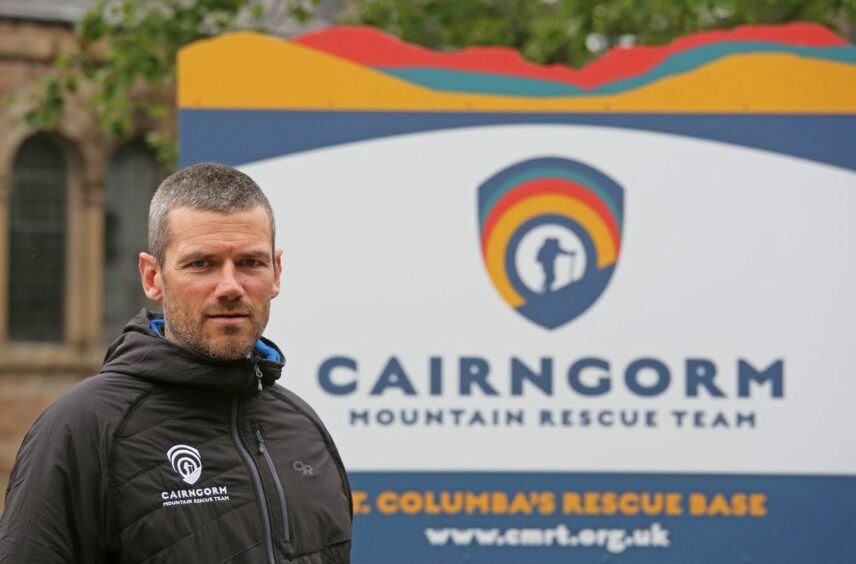
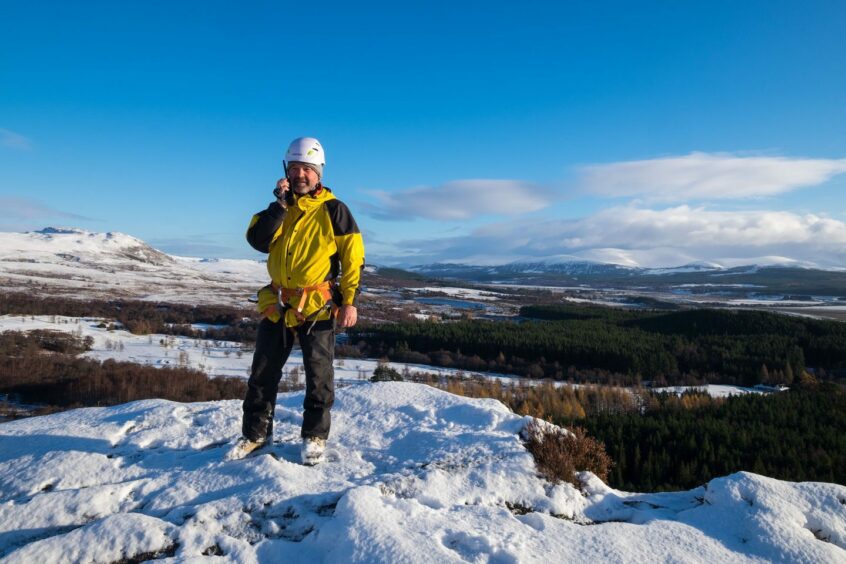
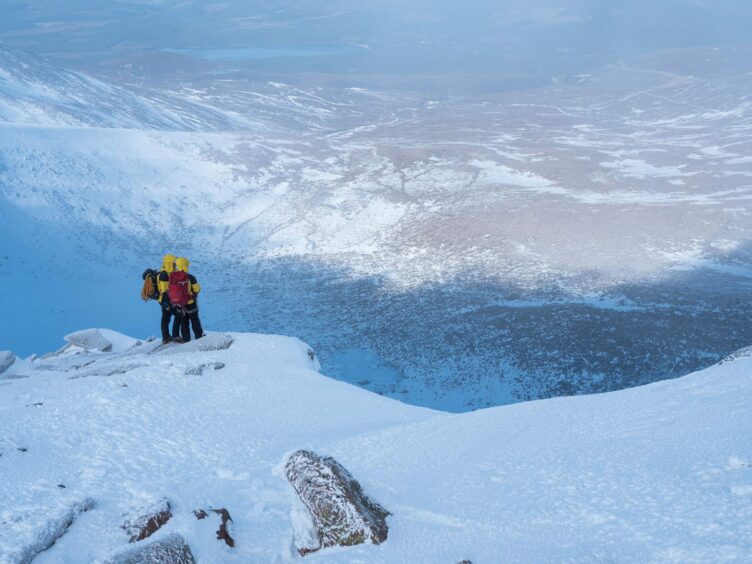
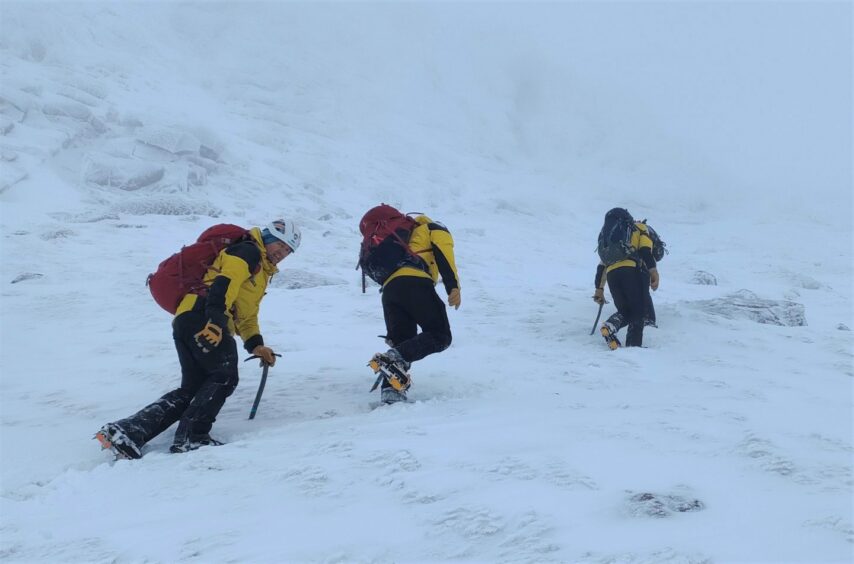
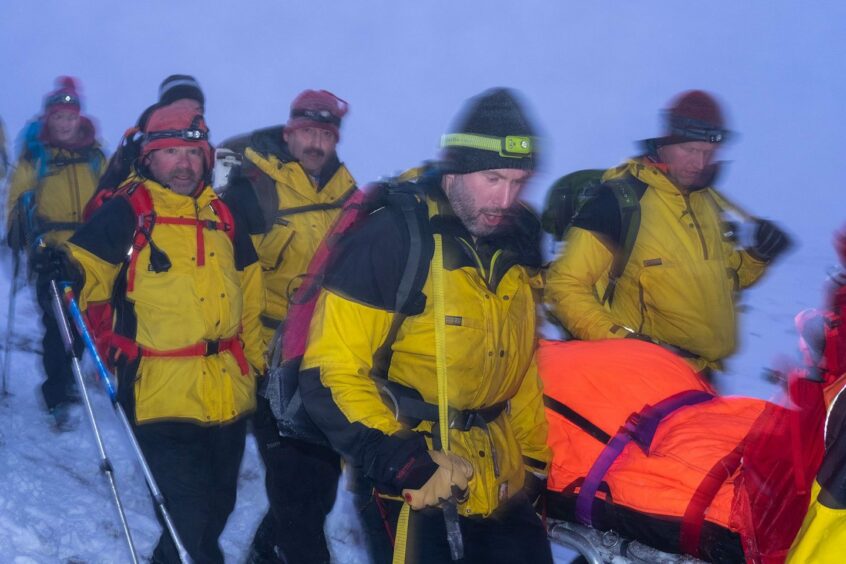
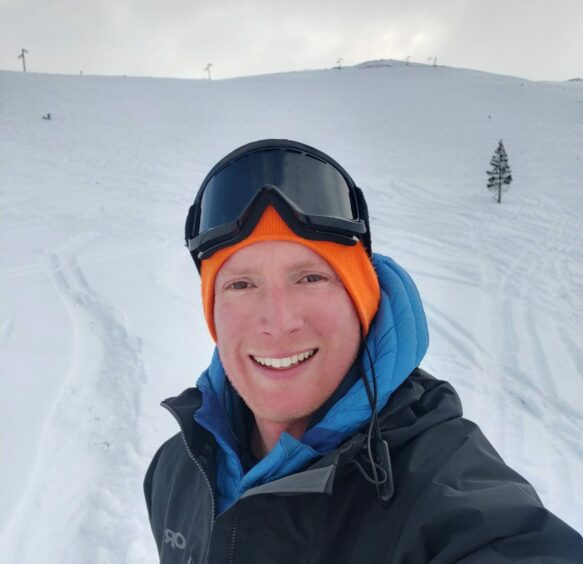
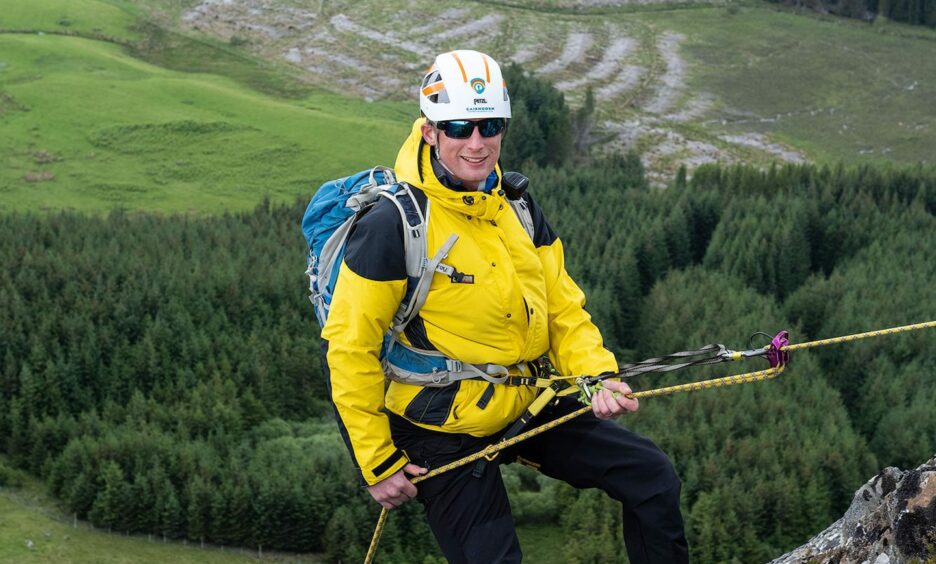
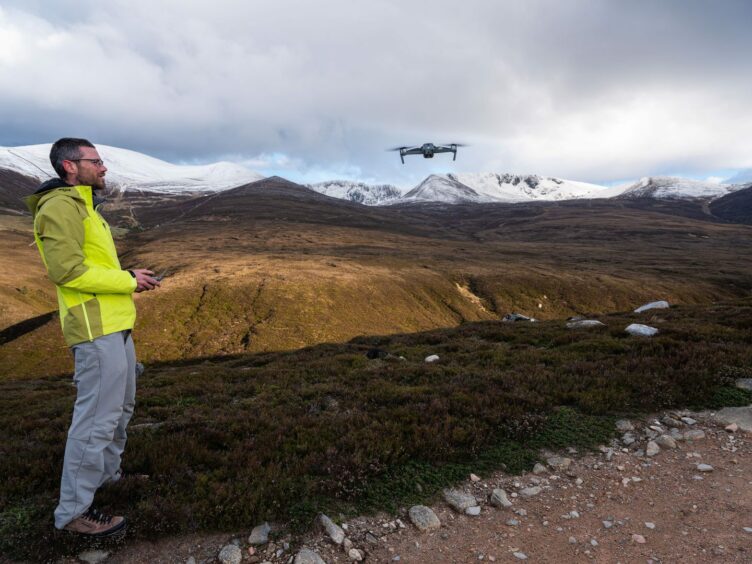
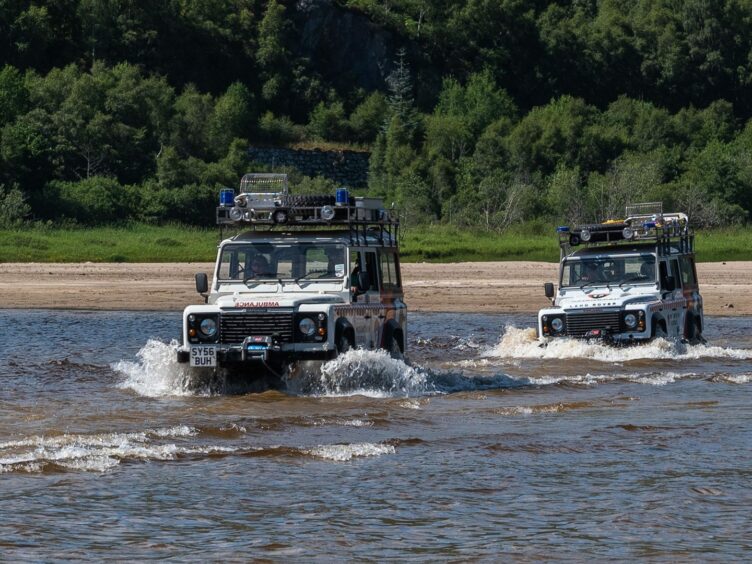
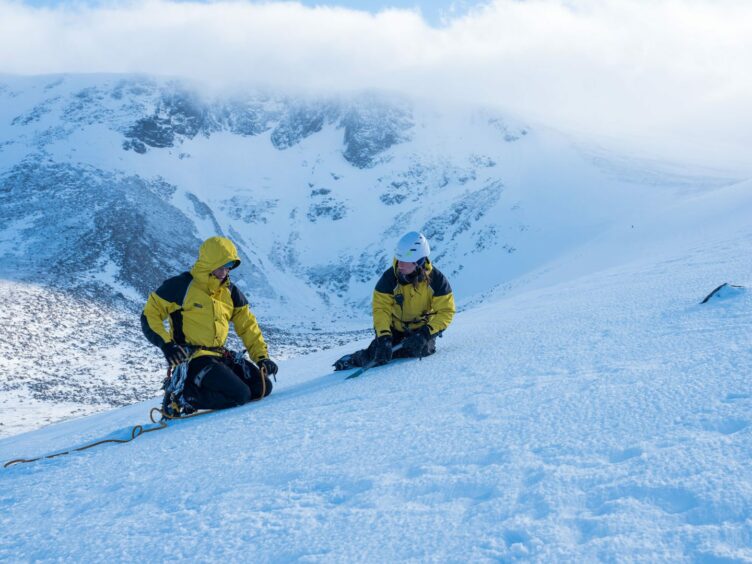
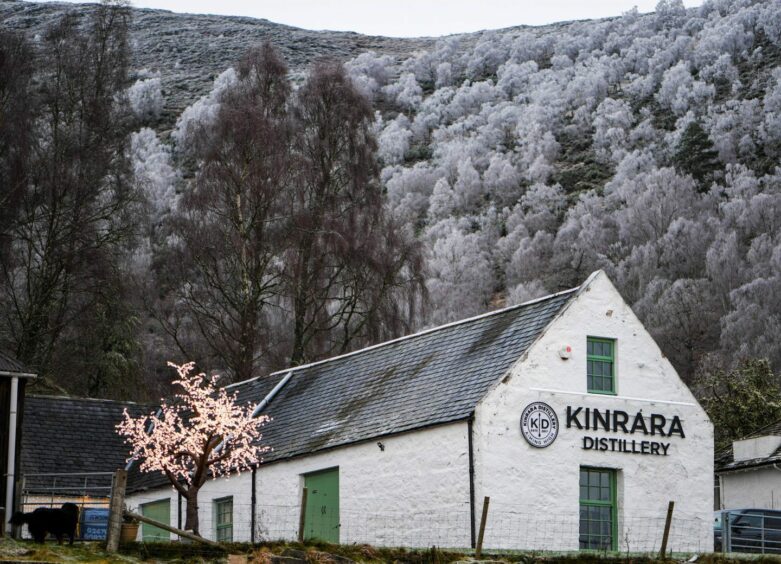
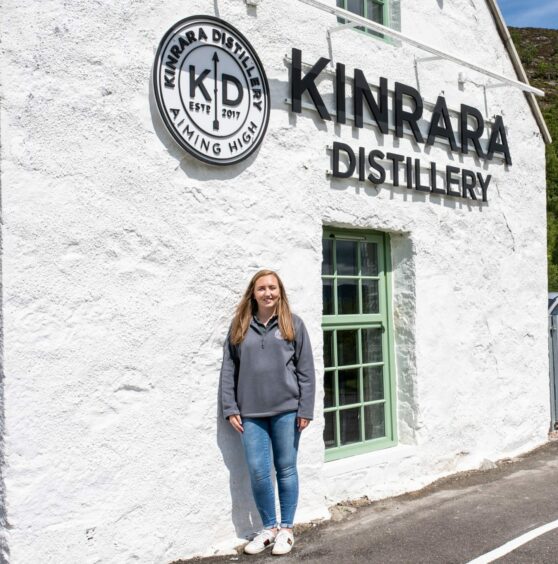
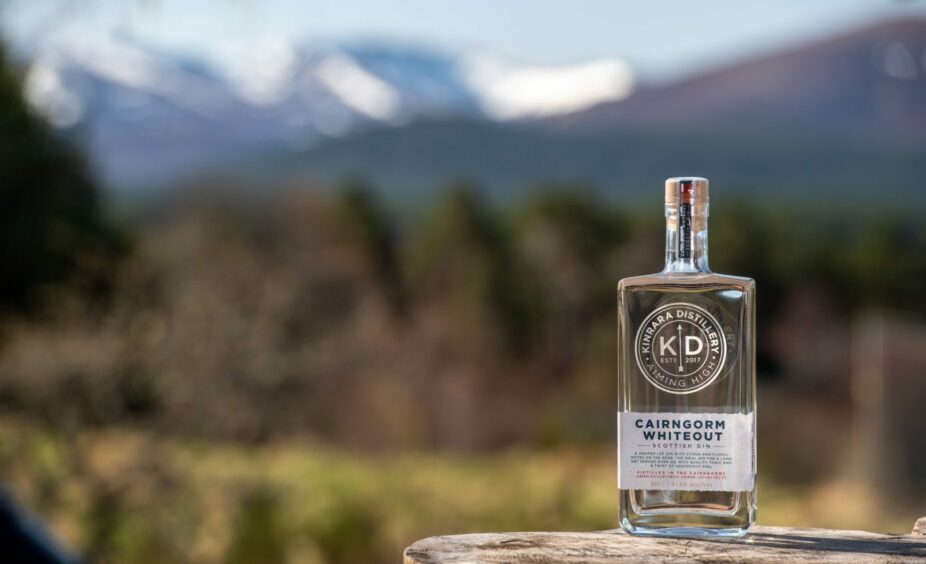
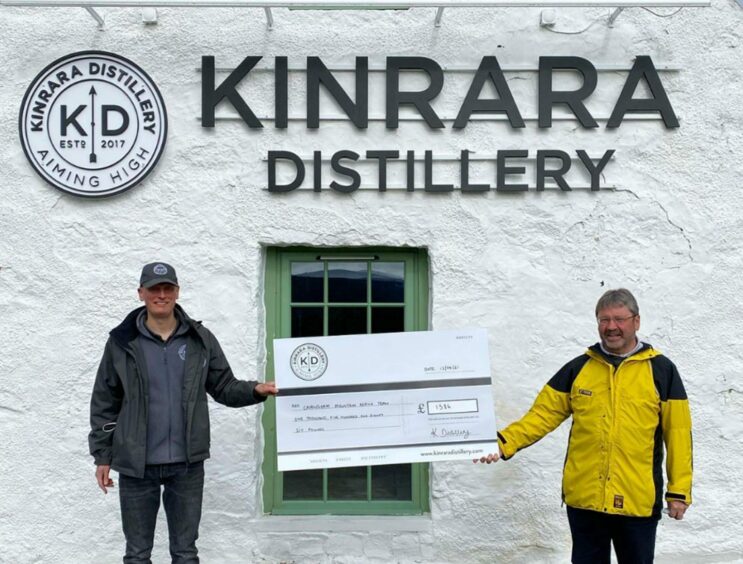
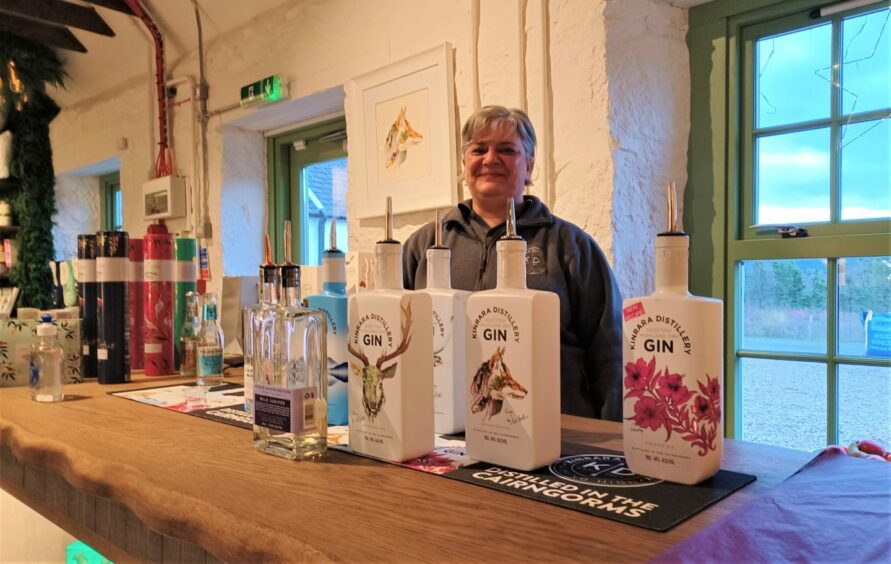
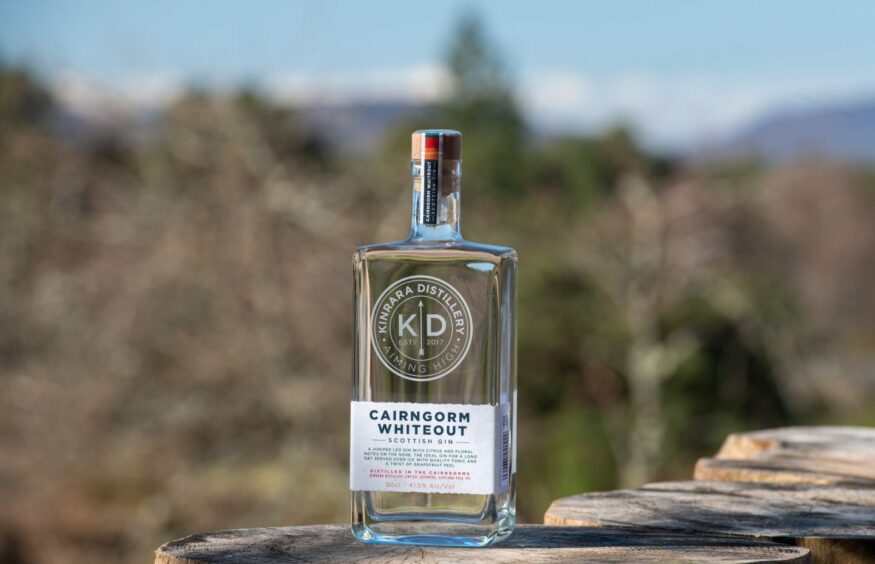
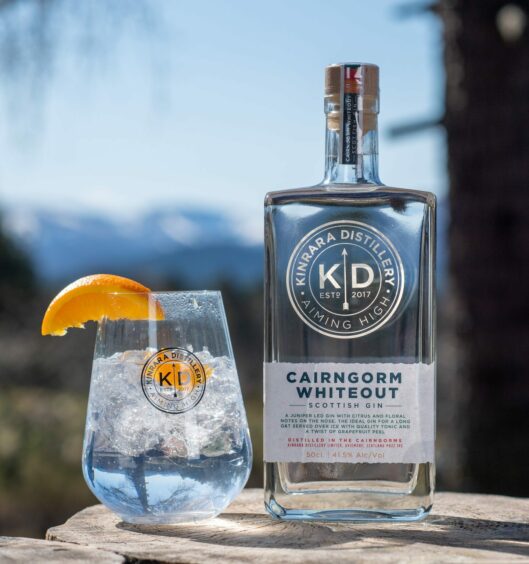
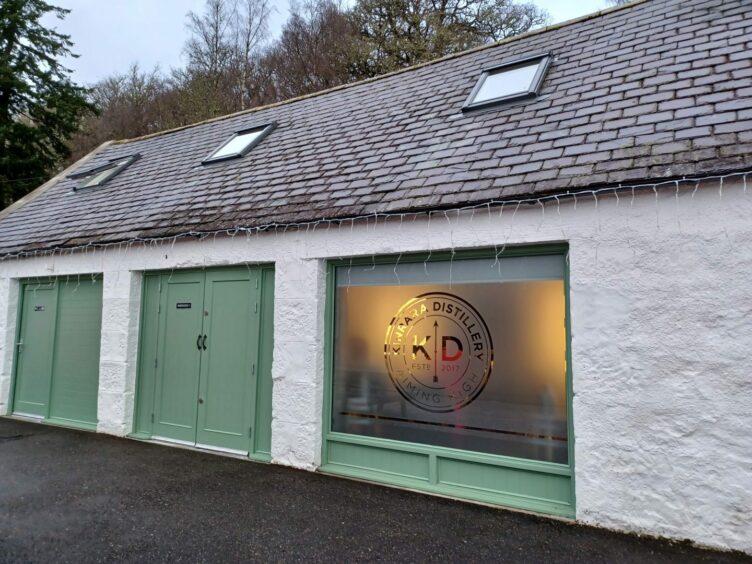
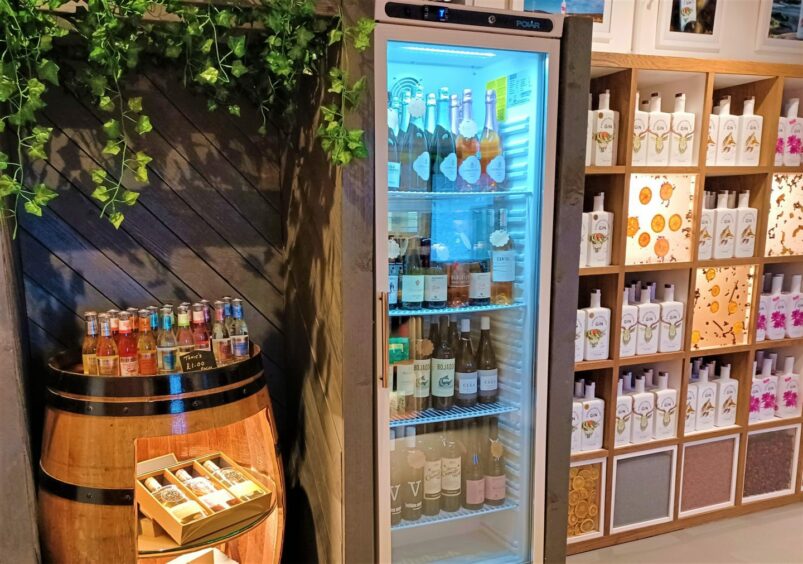
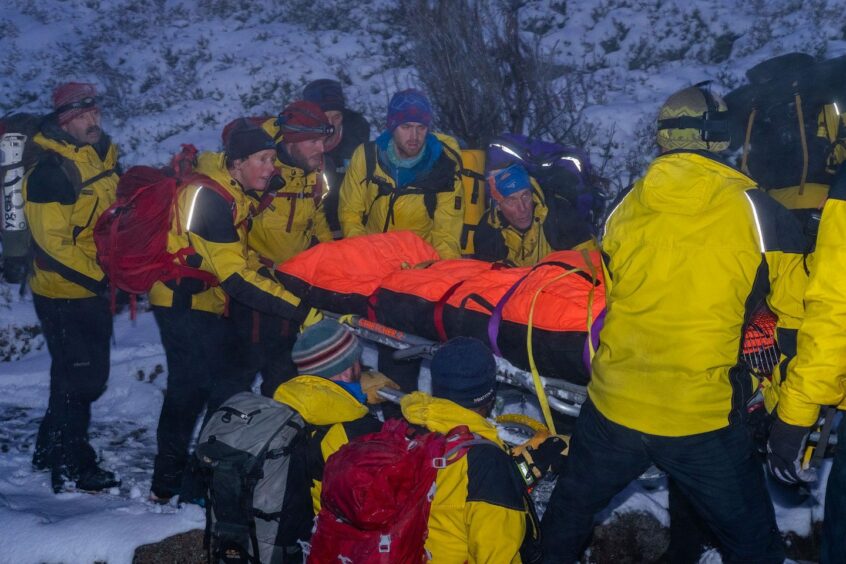
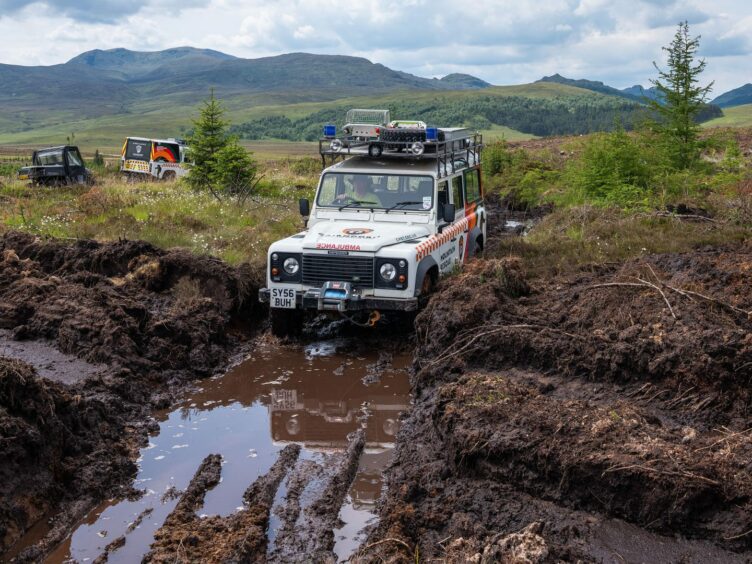
Conversation